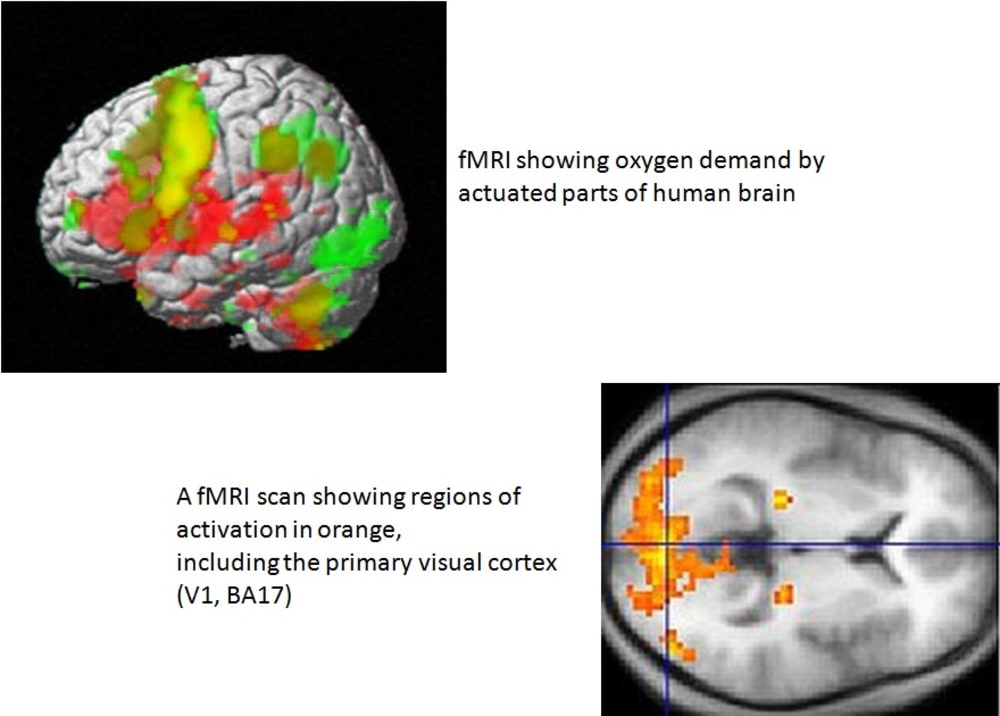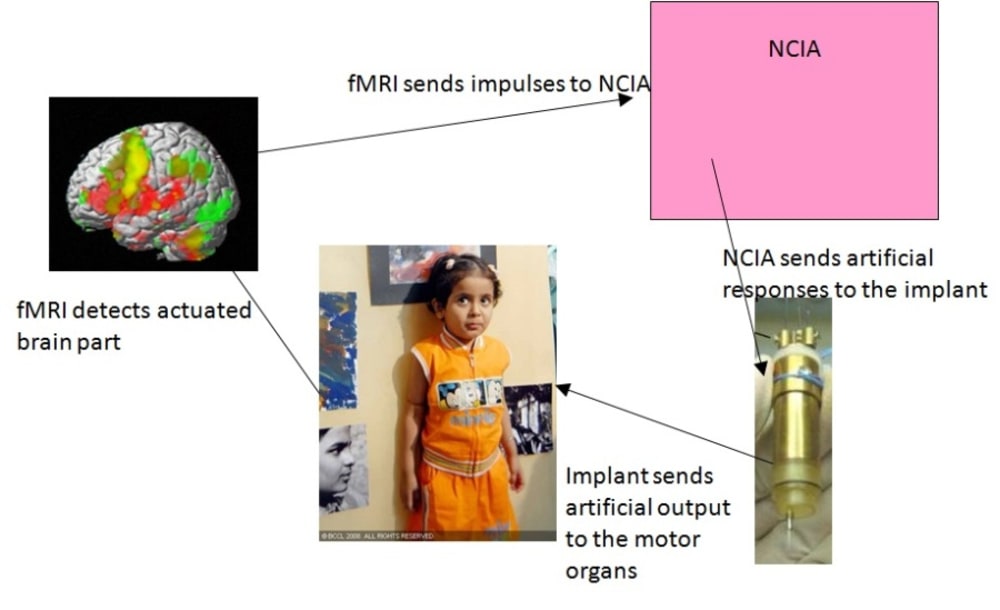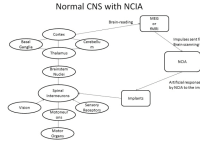Many brain development disorders like Autism, Cerebral Palsy, Alzheimer and Parkinson diseases are characterized by a deficiency in the interconnectivity between the brain and the sensory and motor organs. This can be remedied if we can understand the sorts of functions unable to be processed by the brain by picking up the electrical signals of the brain related to the said functions and decipher them and generate an artificial response to those functions.
Neural-Computer Interconnectivity Analyzer (NCIA) uses the brain-reading and brain-manipulation techniques to achieve this. Brain-reading is the use of activation responses received or generated by the parts of the brain detected by Magnetoencephalography (MEG) or Functional MRI (fMRI). MEG is non-invasive brain interface that utilizes the magnetic fields produced by the brain and the fMRI scanning can be used to brain-map and provide moment-to-moment information on the state of their physiological functioning of the brain. fMRI indicates the part of the brain which is currently activated as that part requires more oxygen than other parts. This facilitates to know which part of the brain is to be manipulated. Central Nervous System (CNS) should be obviously manipulated in NCIA which could occur at any stage of the CNS but the spinal cord is likely to be the simplest as all nerves pass through here. Then the NCIA can be used to generate the impulses that would interfere with the CNS at the spinal cord and send corresponding responses to the brain and inturn to the motor organs. fMRI shows where the electrical activity is lot in the brain and the NCIA can be used to receive that electrical impulses from that parts and analyze them and generate the responses that the brain couldn’t generate and send to the motor organs. These artificial impulses are sent into the CNS through implants designed by silicon which is cheap. These have to be surgically implanted but only one implant can be used in NCIA.
The potential benefits of NCIA include the accurate and efficient generation of the responses in the children suffering from the above said disorders and helps in using brain-implants and devices to achieve neuro-feedback and spinal cord simulations to cure those disorders. NCIA makes the work easier and generates the responses as if the brain is itself accurately generating the responses.
The cost effectiveness of spinal cord stimulation in the treatment of failed back surgery: Of the 104 patients with 60 implanted with a spinal cord stimulator and both groups monitored over a period of five years was that the stimulation group annual cost was $29,000 versus $38,000 in the other group. 15% returned to work in the stimulation group versus 0% in the other group. The higher costs in the nonstimulator group were in the categories of medications, emergency center visits, x-rays, and ongoing physician visits. This correspondingly shows an idea that NCIA when developed and used on a larger scale costs lesser than the costs incurred by the traditional therapeutic and surgery treatments of the same disorders.
Like this entry?
-
About the Entrant
- Name:Sriteja Reddy Wudaru
- Type of entry:individual
- Patent status:none








